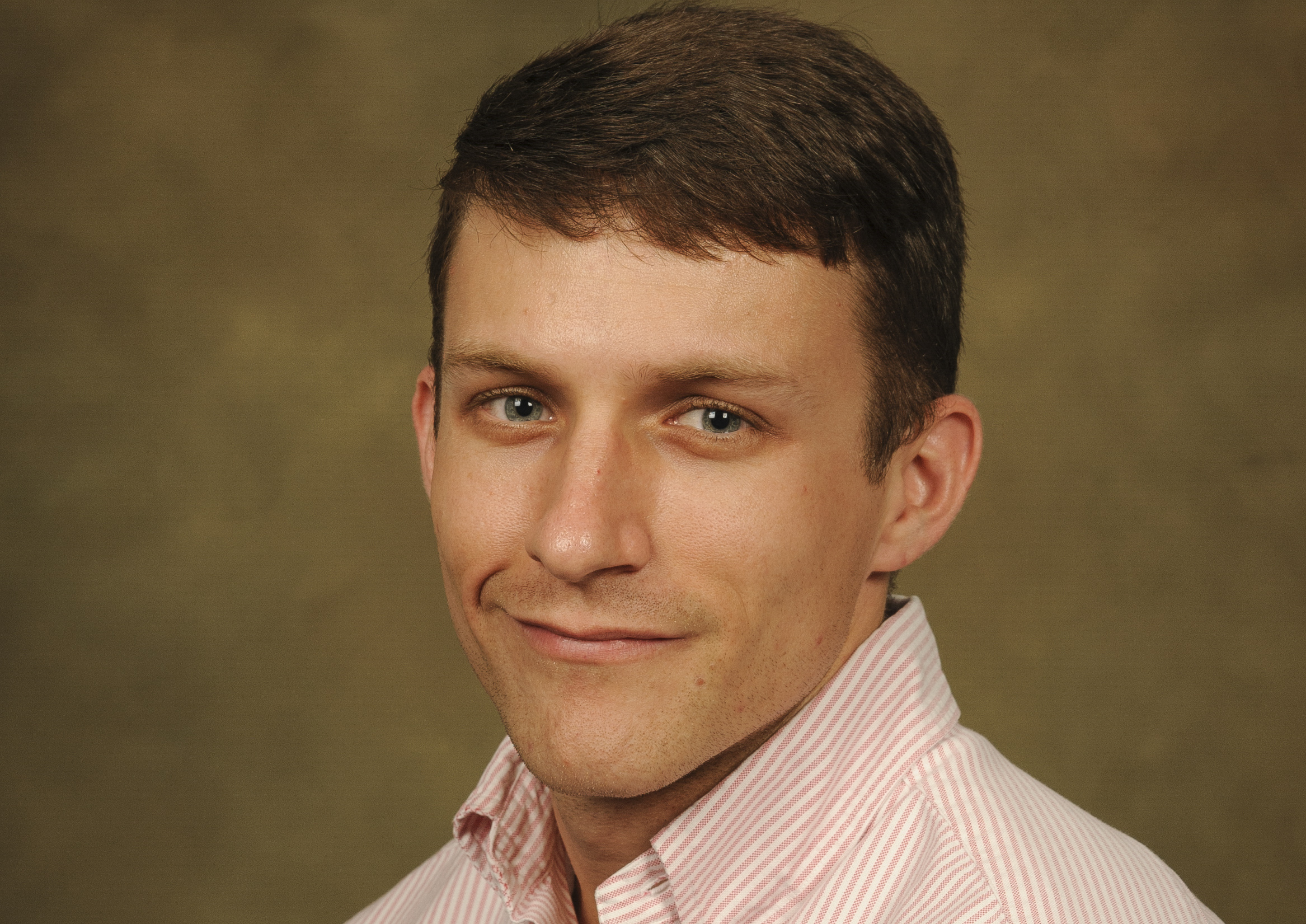
TUSCALOOSA, Ala. — The anti-vaccination crowd is thriving on Twitter, where the negative sentiment clusters geographically across the United States, according to a recent study by an autism researcher at The University of Alabama.
Dr. Theodore S. Tomeny, UA assistant professor of psychology, and colleagues used a machine-learning algorithm to examine nearly a half-million tweets over a five-year span that included mentions of “autism” and “vaccines.”
Tomeny and co-author Chris Vargo, assistant professor of communication at the University of Colorado, found the prevalence of anti-vaccine chatter was associated with areas where people have higher annual incomes ($200,000 or greater) and areas with higher percentages of new mothers.
In Alabama, the strongest anti-vaccination sentiment was found along the Gulf Coast and in and around the Birmingham metro area.
“We found that anti-vaccine tweets were prevalent on Twitter, that there were changes in tweet volume over time, and that these tweets appeared to cluster geographically.”
Previous research has examined what drives anti-vaccine sentiment, but with much smaller sample sizes than Tomeny and Vargo’s study, which was published in the October issue of Social Science and Medicine.
The authors found that 50 percent of the tweets collected from 2009 to 2015 contained anti-vaccine beliefs. The volume of the anti-vaccine tweets remained steady from 2009 to 2014 but increased after anti-vaccine news coverage in late 2014 and early 2015, such as the “CDC Whistleblower” and coverage of the California measles outbreak that began in December 2014, which researchers said could be attributed to the spike.
“Recent state legislation about school (vaccination) exemptions and changes to some laws to make exemptions more difficult could also explain the jump,” Tomeny said. “Additionally, other studies show that school exemptions have been tied to outbreaks of vaccine-preventable diseases.”
Tomeny studies intellectual and developmental disabilities, particularly autism spectrum disorder and its effects on families of individuals with ASD. He said he was partly motivated to collaborate with Vargo – who taught previously at UA – because he’s frequently asked about links between vaccines and ASD.
Curiosity and speculation are also driven by treatments without empirical support, like chelation therapy – a process of removing heavy metals that are purported to be in vaccine preservatives from the body – Tomeny said.
“Experts warn that these approaches are often expensive and can be dangerous,” Tomeny said. “Others say it perhaps pulls parents away from evidenced-based treatments.
“Many continue to argue that vaccines and autism are linked, and that has led to many studies conducted to try and replicate a past finding, which pulls money, time and resources away from things that are arguably more valuable to study.”
Tomeny said the study isn’t intended to measure general public opinion, but rather to get a pulse of the “vocal minority” on social media.
Tomeny said he and Vargo envision using the same technology to better inform hospitals and pediatricians’ offices of the conversations in their area and, in the future, potentially offer counter-arguments or viewpoints to those involved in anti-vaccine conversations on social media.
Sherine El Toukhy, a researcher with the National Institute on Minority Health and Health Disparities, also co-authored the study.
Contact
David Miller, Strategic Communications, 205-348-0825, david.c.miller@ua.edu
Source
Dr. Theodore S. Tomeny, 205-348-7906, tstomeny@ua.edu
